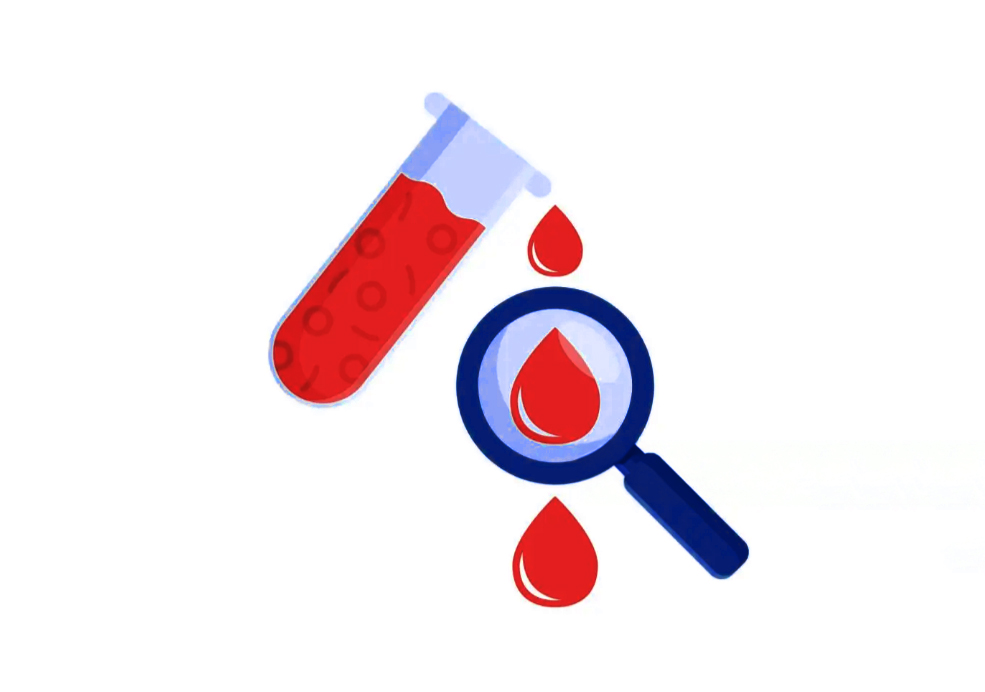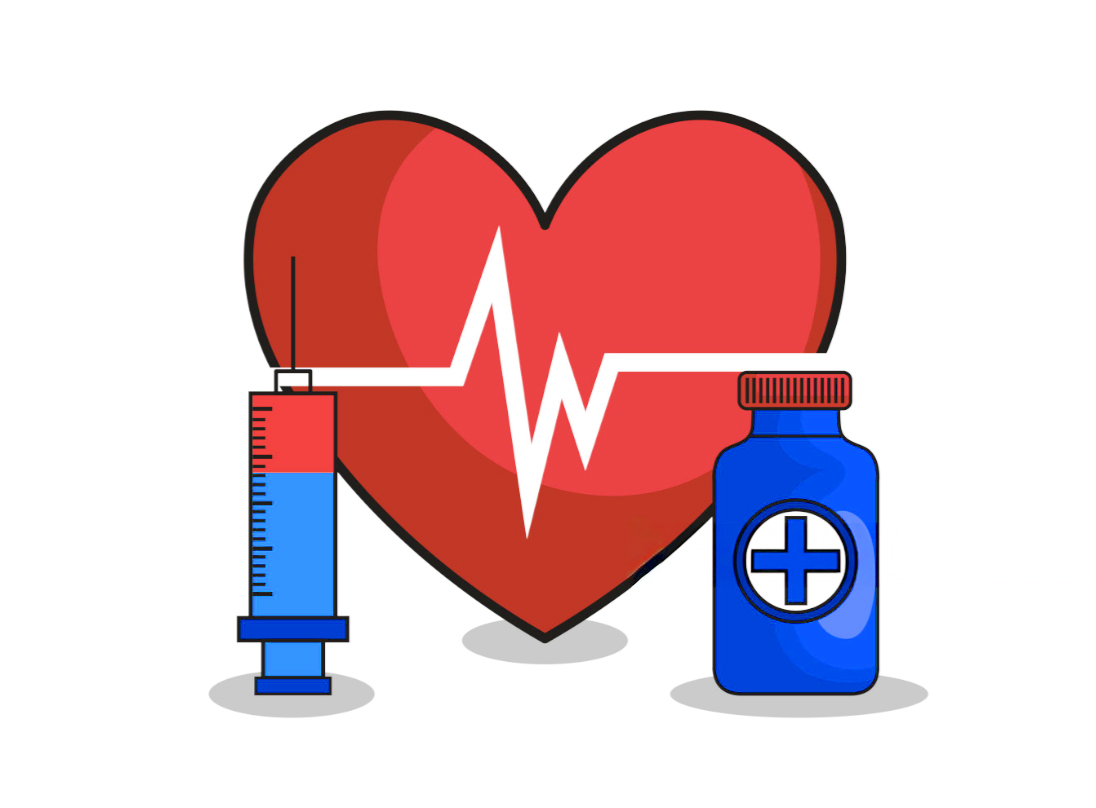Blood Safety and Matching
Since the establishment of blood banking, safety for both donors and blood recipients has significantly improved. Because a safe, reliable source of blood is critical to providing effective blood products to recipients, blood banks are dependent on the altruistic voluntary donations of citizens. As a result, blood banks place great emphasis on making the donation process pleasant, convenient, and as safe as possible for donors.


Donation Procedure and Donor Safety - Whole Blood Donations
The donation process begins with a screening procedure to determine if the donor is healthy and has no conditions that would make his or her donation hazardous. Donors are asked about their general health, as well as their travel history and possible past exposure of blood-transmitted diseases, such as HIV, malaria, and hepatitis. A simple physical, including blood pressure, pulse rate, and temperature, is used to rule out other risks. This physical will also look for signs of any of the blood-transmitted diseases that might increase recipient risk. A simple laboratory measurement is used to make sure that the blood donation will not make the donor anemic.
If the donor is found suitable for donating blood, approximately one pint of blood is collected from an arm vein into a plastic bag. This is normally well tolerated by the donor, since the average donor’s blood volume is about 11 pints. The donor will produce replacement fluid for the blood donation within 24 hours and red blood cells in four to six weeks. At least eight weeks between donations are therefore required for whole blood donations.
Complications of Blood Donations
Complications of blood donations are uncommon and usually minor. Fainting is typically the most significant complication encountered. This can be minimized by requiring the donor to wait a short period of time after donation before standing, and to eat and drink fluids before leaving the donor area. Minor bruising at the needle site may also occur.

Recipient Safety
Risks for a person receiving blood can be divided into several categories, which include reactions due to incompatible blood types, allergic reactions, and infections in the donated blood. By strictly adhering to standardized procedures, these risks have been reduced to a minimum.
Blood Type Matching
On their surface, red cells have inherited chemical structures called antigens that can cause a person’s immune system to make antibodies against them. Humans have 35 major groups or families of these antigens, as well as other minor groups, but consideration of two, the ABO group and the RhD group, is very important to ensure that a transfusion recipient receives compatible blood. The presence of antigens within these groups is what determines a person’s blood type. Blood types are referred to as Type A, Type B, Type AB (which has both A and B antigens), or Type O (which has neither A or B antigens) followed by positive or negative, which indicates the presence of the RhD antigen. Persons who are RhD negative have no RhD antigen.
| Blood Types | |
| ABO Antigen Group | RhD Antigen Group |
| A | Positive |
| A | Negative |
| B | Positive |
| B | Negative |
| AB | Positive |
| AB | Negative |
| O | Positive |
| O | Negative |
Persons with a given antigen do not make antibodies against their own antigen, but will against the other antigens in that group. For example, if a person has type A blood, he (or she) will make antibodies against the B antigen, but not against the A antigen. That means that if this person is given either type B red blood cells or type AB red blood cells, his or her antibodies will attack and destroy the foreign red cells possessing the B antigen, causing a transfusion reaction. Similarly, a person having the RhD antigen will not make antibodies against RhD antigen, but the RhD negative person will make antibodies against blood with RhD positive red cells.
| Recipient Blood Type | Matching Donor Blood Type |
| A+ | A+, A-, O+, O- |
| A- | A-, O- |
| B+ | B+, B-, O+, O- |
| B- | B-, O- |
| AB+ | Compatible with all blood types |
| AB- | AB-, A-, B-, O- |
| O+ | O+, O- |
| O- | O- |
Antibodies in the plasma of donors with different blood types cause a reverse situation. For example, since a person with Type AB blood makes no antibodies against Type A or Type B cells, his or her plasma can be given to a person with Type A, Type B, Type AB, or Type O blood.
In emergency situations, when the recipient’s blood type is unknown, the person can receive type O negative red cells without producing an ABO or RhD incompatibility reaction. In other situations, even non-emergent, where the recipient’s specific blood type is known but there is no type-specific blood available, a compatible type may be used if determined to be compatible by cross-matching. Cross-matching is a simple and commonly practiced laboratory test that verifies blood compatibility. In the latter instance, for example, if an AB positive recipient needs blood and there are no AB positive donors, they could receive blood from a Type A positive donor after a proper cross match.
Allergic and Other Reactions
Delayed hemolytic reactions may occur if the recipient makes antibodies against minor antigens on the transfused red cells. Such reactions are usually mild and are caused by certain chemicals in the donor’s blood; these may cause fever, hives, rashes, itching, low blood pressure, and similar symptoms. In rare instances, patients receiving massive blood transfusions may develop transfusion-associated acute lung injury, which is caused by an inflammatory reaction to large amount of foreign chemicals in the donor’s blood.
Infection
Infectious complications receive the most attention, especially since the HIV epidemic. However, with the advent of modern testing, this risk has been reduced by quantum leaps. Bacterial infections from contaminated components, especially platelets, still occur on rare occasions. However, infection with blood-borne infectious agents, such as hepatitis B, hepatitis C, and HIV have been reduced to infinitesimal levels by careful donor selection and screening procedures and by laboratory testing with new technologies. Attention is currently being directed toward preventing emerging infectious agents, i.e, Babesiosis variant Creutzfeld-Jakob Disease, Chagas disease, etc., from becoming threats to the American blood supply.
Banking Your Own Blood
An individual may bank his/her own blood for a transfusion during an upcoming surgical procedure. This type of transfusion, although not risk free, is the safest form of transfusion for the recipient because it eliminates the risk of blood-borne infections from other donors. For this donation, the blood is usually drawn three to five weeks prior to the expected surgery and stored, reserved only for use by the donor. If not used, it is discarded and is not used for other recipients.
Criteria used to qualify a possible donor for such auto-transfusion often eliminate many donors from using this form of donation. The donor must not be anemic or have signs of infection, must weigh more than 65 lbs, and must have no medical conditions that would cause problems during or after the donation such as unstable angina, a history of stroke or heart attack within six months, severe hypertension, or be scheduled for a surgical procedure where is a transfusion is expected.
Could My Blood Type Affect My Chances of Getting COVID-19?
It’s not clear if your blood type plays a role in your likelihood of getting sick with COVID-19. Some studies, including research from Denmark and the Brigham and Women’s Hospital, suggest that, of the four major blood groups – A, B, AB, and O – individuals with blood types in group O have a lower risk of COVID-19 infection and severe outcomes, while those in group A appear more vulnerable to infection. This difference may be due to the sugars or proteins on red blood cells (antigens) that determine a person’s blood group. For people in group A, these antigens may be easier for the COVID-19 virus to attach itself to and infect. Alternatively, the antibodies unique to each blood group may play a role in fighting off COVID-19 infection.
More research is needed to fully understand how a person’s blood group may influence their risk of COVID-19 infection. While some studies suggest a link, at least one study has found no clear connection.
No matter your blood group, it’s important to take precautions to reduce the risk of catching or spreading COVID-19. Getting vaccinated, wearing a mask, testing when needed, and staying home if you have symptoms can help protect yourself and others.
Are Blood Transfusions From Young Donors Approved to Treat Aging or Age-Related Health Conditions?
Using plasma transfusions for aging-related conditions is not approved by the U.S. Food and Drug Administration (FDA), nor by any other federal health agency in the world.
Blood transfusions have not been clinically proven to treat, delay, or reverse aging or age-related health conditions in humans. A handful of mouse studies, such as this one published in Nature Medicine, suggesting that plasma injections from young animals into older animals may improve the recipient’s lifespan or cognition have prompted similar studies in humans. Although some of these human studies do suggest that this practice could help slow progress of diseases like liver disease and Alzheimer’s or even benefit overall biological age, experts caution that these studies are small, early, and with limited follow-up, and that further research is needed to determine if this practice is safe and truly beneficial.
You should receive plasma transfusions only if medically necessary, as determined by your doctor, for situations including trauma, liver failure, severe burns, or a clotting disorder. Plasma transfusions can cause several side effects, including allergic reactions, nausea and vomiting, fever, swelling, and elevated blood pressure. In rare but serious cases, they can lead to infection or lung injury.
Find additional trustworthy information on blood disorders in the full Blood Health Information Hub library. Have you seen any misinformation on blood disorders you want ASH to address? Contact [email protected].
Where Can I Find More Information?
If you are interested in learning more about blood diseases and disorders, here are a few resources that may be helpful.



